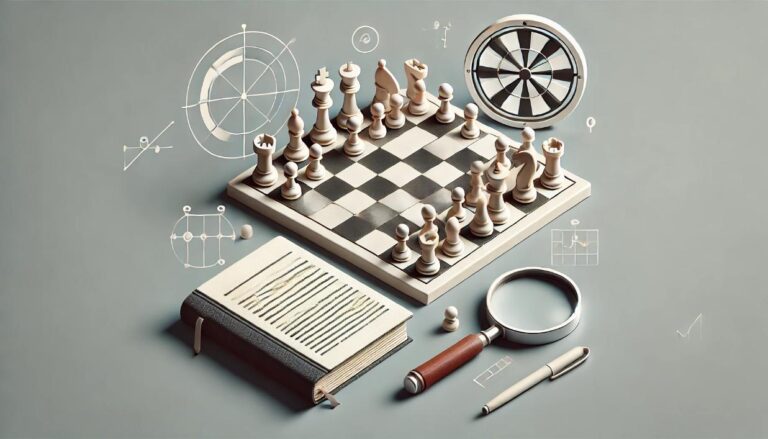Introduction
Chess is a game that has been around for centuries and is loved by millions worldwide. It is a strategic board game that requires critical thinking, foresight, and patience. One of the most exciting moments in a chess game is when a player achieves checkmate, winning the game. Checkmate is the ultimate goal in chess, and understanding the key concepts behind it is crucial for any player looking to improve their game. In this article, we will dive into the different elements of checkmate and the strategies involved in achieving it.
Types of Checkmate
There are two primary types of checkmate in chess: the physical checkmate and the theoretical checkmate. Physical checkmate occurs when an opponent´s king is placed in a position where it cannot escape capture by any of the opponent´s pieces. This is the most common type of checkmate and is the one we will focus on in this article. Theoretical checkmate, on the other hand, is a concept used in theoretical chess problems and occurs when a player has a winning strategy, regardless of the opposing player´s moves.
The Role of Pieces in Checkmate
Each chess piece plays a crucial role in the process of achieving checkmate. The queen is the most powerful piece and is often the one delivering the final blow. Its ability to move in any direction and attack from a distance makes it a formidable force in checkmate situations. The rooks also play a significant role, as they can move along ranks and files, providing support to the queen. The bishops are essential for controlling the diagonal squares and creating a web around the opponent´s king, making it harder for it to escape. Knights are less useful in checkmate situations, but their unique movement can be used to create threats and support other pieces. Lastly, pawns may seem insignificant, but they can be crucial in blocking the opponent´s pieces and creating a pathway for your more powerful pieces to attack.
Key Concepts and Strategies for Achieving Checkmate
There is no one specific way to achieve checkmate, as every game of chess is unique. However, there are some key concepts and strategies that can help you improve your chances of achieving checkmate. One of the most important concepts is controlling the center of the board. The center is the most active part of the board, and having control of it gives you more space to maneuver your pieces and mount an attack. Another critical concept is the use of pins, forks, and skewers. These are tactics where one piece attacks multiple pieces at once, creating a dilemma for the opponent and forcing them to sacrifice one of their pieces. These tactics are especially useful in checkmate situations, as they can weaken the opponent´s defense and open up opportunities for an attack.
Conclusion
Checkmate is the ultimate goal in chess, and understanding the key concepts and strategies behind it is crucial for any chess player. By controlling the center, utilizing tactics such as pins and forks, and implementing specific strategies, players can increase their chances of achieving checkmate in a game. However, it is also important to remember that every game of chess is unique, and a player must be adaptable and able to think on their feet to achieve checkmate successfully. With practice and a solid understanding of the key concepts, any player can become a master at checkmate.

